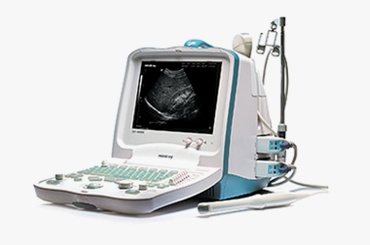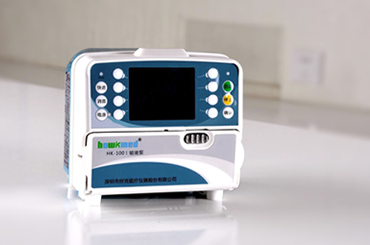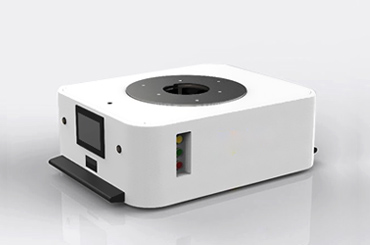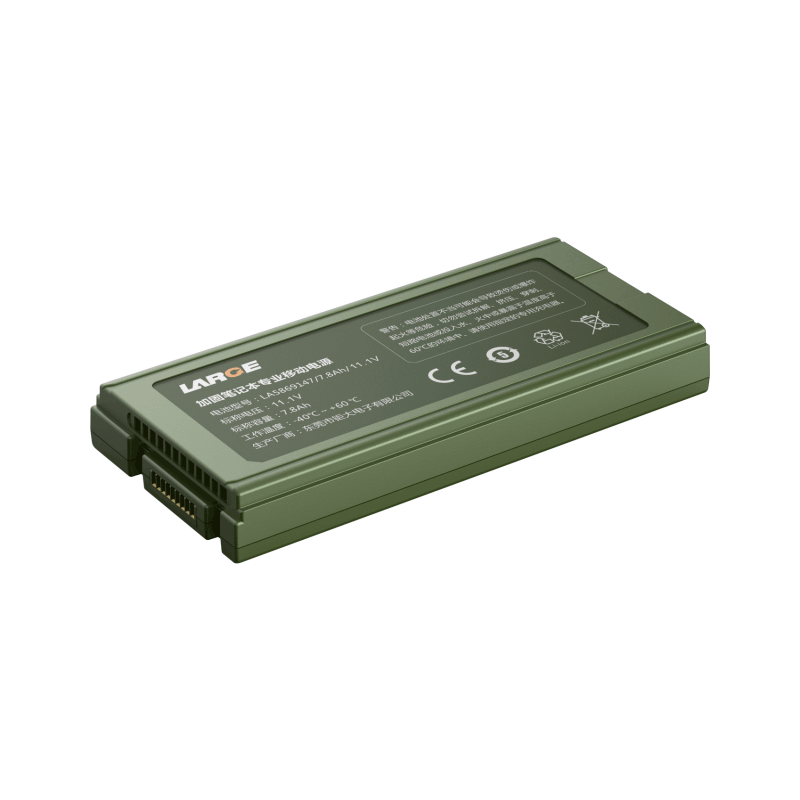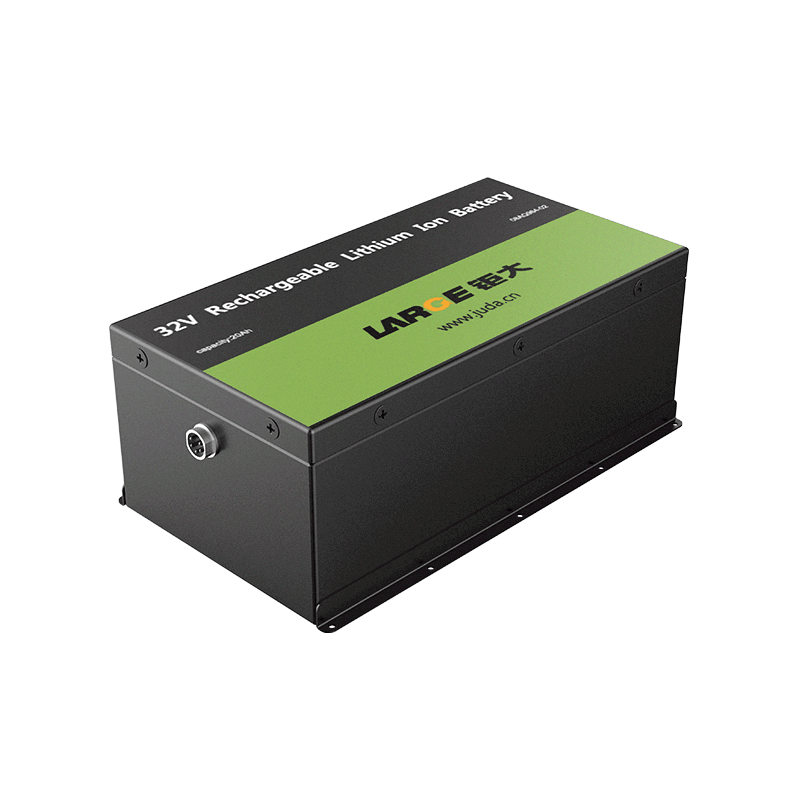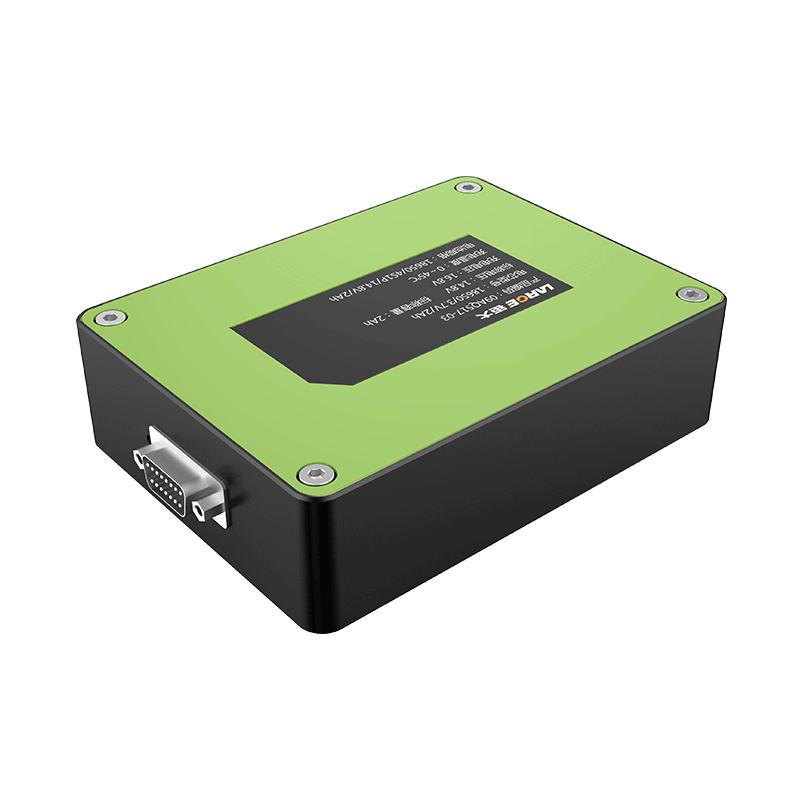-
Key Takeaways
-
Part 1: Key Lithium Battery Scrapping Criterion+
- 1.1 Performance Degradation and Reduced Efficiency
- 1.2 Safety Risks: Overheating, Swelling, and Fire Hazards
- 1.3 Physical Damage: Cracks, Leaks, and Corrosion
- 1.4 Manufacturer-Defined End-of-Life Indicators
-
Part 2: Importance of Lithium-Ion Battery Recycling and Proper Disposal+
- 2.1 Environmental and Sustainability Considerations
- 2.2 Compliance with Hazardous Waste Regulations
- 2.3 Economic Benefits of Recycling Valuable Materials
-
FAQ+
- 1. What are the signs that a lithium-ion battery needs scrapping?
- 2. Why should you partner with certified recycling facilities?
- 3. How can you safely store used lithium-ion batteries?
Lithium Battery Scrapping Criterion You Must Know
APR 23, 2025 Pageview:478
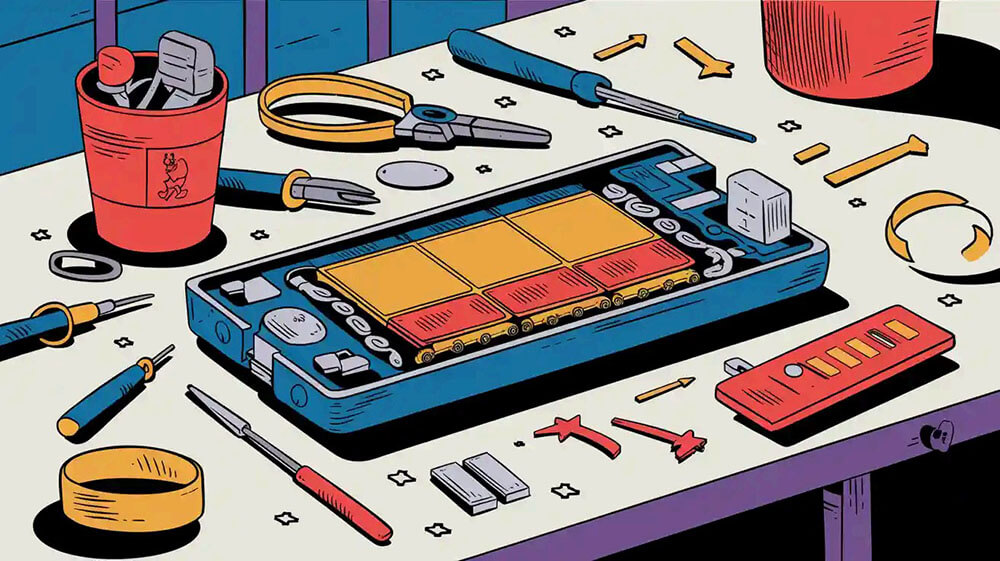
The Lithium Battery Scrapping Criterion defines the parameters for safely discarding batteries that have reached the end of their lifecycle. Adhering to these guidelines minimizes risks such as environmental contamination or workplace hazards. Ignoring proper scrapping procedures can result in severe consequences. For instance, the lithium-ion battery recycling market, valued at $3.54 billion in 2023, is projected to grow at a 21.08% CAGR, reaching $23.96 billion by 2033. This growth underscores the necessity for businesses to prioritize proper battery disposal.
Key Takeaways
Check battery health and capacity to know when to replace them. This keeps things running smoothly and avoids expensive delays.
Follow safety rules to stop overheating, swelling, or fires in batteries. Regular checks and safe disposal keep people and property safe.
Work with approved recycling centers to dispose of batteries properly. This follows the law and helps the environment by reusing materials.
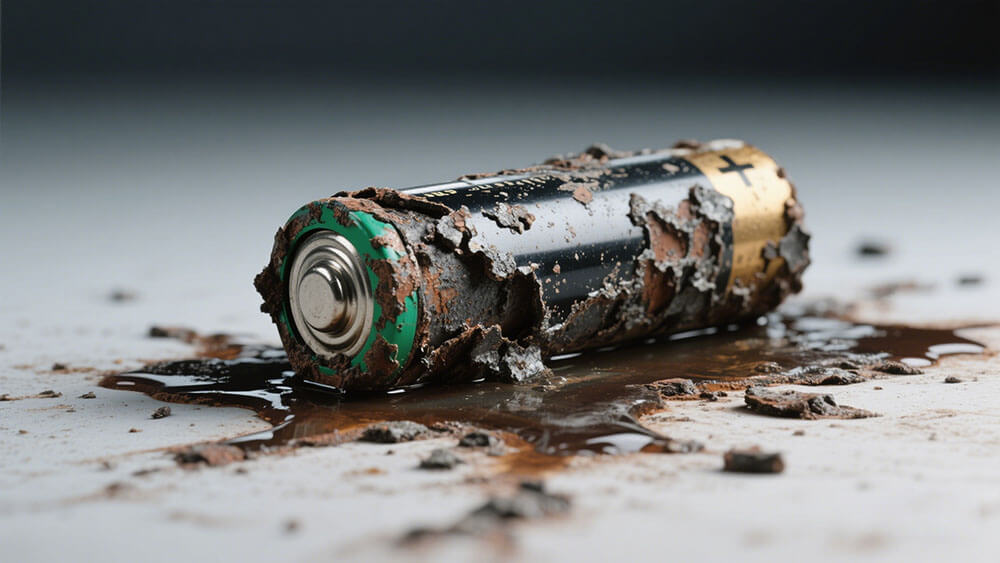
Part 1: Key Lithium Battery Scrapping Criterion
1.1 Performance Degradation and Reduced Efficiency
You must monitor performance degradation to determine when a lithium-ion battery has reached the end of its useful life. Key metrics such as State of Health (SOH) and Capacity Fade provide valuable insights into a battery's efficiency. SOH measures the current capacity compared to the original, while Capacity Fade tracks the reduction in energy storage over time. For instance:
Power Fade indicates a loss in the battery's ability to deliver power efficiently.
Internal Resistance increases with aging, reducing charging and discharging efficiency.
Coulombic Efficiency compares the charge extracted during discharge to the charge input during charging.
Cycle Life measures the number of charge-discharge cycles before capacity falls below a usable threshold.
For industrial applications, such as robotics or medical devices, these metrics are critical. A battery with reduced efficiency can compromise operational reliability, leading to costly downtime. By establishing a robust lithium battery scrapping criterion, you can mitigate these risks and ensure optimal performance.
1.2 Safety Risks: Overheating, Swelling, and Fire Hazards
Safety risks associated with lithium-ion batteries, such as overheating, swelling, and fire hazards, demand immediate attention. Recent data highlights the urgency:
The UK has seen a fourfold increase in lithium battery-related fires over the past three years.
Overheating incidents now occur at least six times weekly in the UK.
Since 2020, 190 injuries and 10 fatalities have been linked to lithium-ion battery fires.
These risks are particularly concerning in sectors like infrastructure and security systems, where battery failure can lead to catastrophic consequences. In the U.S., more than one incident involving smoke, fire, or extreme heat from lithium-ion batteries occurs aboard aircraft weekly. This underscores the importance of adhering to safety-focused scrapping criteria to prevent accidents and protect assets.
1.3 Physical Damage: Cracks, Leaks, and Corrosion
Physical damage, such as cracks, leaks, and corrosion, is another critical factor in determining when to scrap a lithium-ion battery. Damaged batteries pose significant risks, including chemical leaks and short circuits, which can lead to fires or explosions. For example, in 2022, New York experienced over 200 fires caused by damaged lithium-ion batteries, many resulting in structural damage.
In industrial environments, where batteries power heavy machinery, physical damage can disrupt operations and endanger workers. Regular inspections and adherence to a Lithium Battery Scrapping Criterion can help identify and safely dispose of compromised batteries, ensuring workplace safety and operational continuity.
1.4 Manufacturer-Defined End-of-Life Indicators
Manufacturers often provide end-of-life indicators to guide battery disposal decisions. These indicators, such as State of Health (SOH) estimation and Remaining Useful Life (RUL) prediction, are typically based on laboratory data. However, real-world conditions can differ significantly, posing challenges in applying these metrics universally. Research highlights the gap between laboratory findings and real-world applications, emphasizing the need for customized scrapping criteria.
Despite these challenges, manufacturer-defined metrics remain valuable for resource recovery. Recycling end-of-life batteries allows you to reclaim materials like cobalt, nickel, and lithium, which is more cost-effective than traditional mining. This aligns with the circular economy approach, reducing non-renewable resource consumption and supporting sustainability goals.
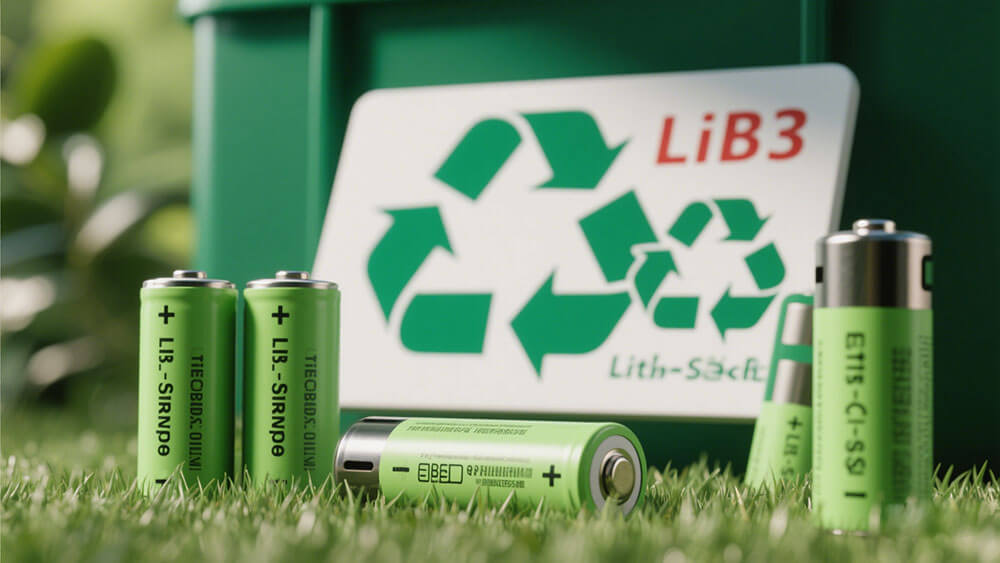
Part 2: Importance of lithium-ion battery Recycling and Proper Disposal
2.1 Environmental and Sustainability Considerations
Proper disposal and recycling of lithium-ion batteries play a pivotal role in reducing environmental harm and promoting sustainability. Recycling mitigates the environmental impact of battery production by recovering valuable materials like lithium, cobalt, and nickel. This process conserves finite resources and reduces the need for raw material extraction, which often involves environmentally damaging mining practices. For instance, over 96% of a battery's materials can be recovered through recycling, creating a closed-loop system that minimizes waste and supports sustainable manufacturing.
The environmental benefits of recycling are further highlighted by comparing CO2 emissions across different recycling methods. The table below illustrates the stark differences in emissions and waste generation:
Recycling Method | CO2 Emissions (MT) for 10,000 MT of Black Mass | CO2 Emissions for 15 Million MT of Used Batteries (MT) | Sodium Sulfate Waste Stream (MT) in Landfill |
|---|---|---|---|
Pyro | 42,140 | 31,605,000 | 4,500,000 |
Standard Hydro | 29,600 | 22,200,000 | 12,150,000 |
AquaRefining | 650 | 487,500 | <375,000 |
AquaRefining, for example, demonstrates significantly lower CO2 emissions and waste generation compared to traditional methods, underscoring the importance of adopting advanced recycling technologies. By prioritizing sustainable practices, you can align your business with global environmental goals and enhance your corporate social responsibility initiatives. For more insights into sustainability, visit Sustainability at Large Power.
2.2 Compliance with Hazardous Waste Regulations
Adhering to hazardous waste regulations is not just a legal obligation but also a critical aspect of responsible battery management. Lithium-ion batteries are classified as hazardous waste due to their ignitability and reactivity. Non-compliance can lead to severe consequences, including significant fines, legal actions, and reputational damage. The table below outlines the potential repercussions of failing to comply with these regulations:
Compliance Aspect | Consequence of Non-Compliance |
|---|---|
Legal Penalties | Significant fines and legal action against companies |
Environmental Impact | Harm to ecosystems and potential public health risks |
Workforce Stability | Job losses linked to non-compliance in the energy sector |
Recycling Efficiency | Decreased efficiency in recycling processes |
Regulatory frameworks, such as universal waste regulations, streamline hazardous waste management by providing clear guidelines for labeling, storage, and disposal. These regulations also offer reduced requirements for small quantity generators, making compliance more accessible for businesses of all sizes. Regular audits and inspections reinforce the importance of compliance, ensuring accountability and promoting safer industry practices. By adhering to these standards, you can protect your business from legal risks while contributing to environmental preservation.
2.3 Economic Benefits of Recycling Valuable Materials
Recycling lithium-ion batteries is not only environmentally beneficial but also economically advantageous. Recovering valuable metals like cobalt, nickel, and lithium from spent batteries reduces reliance on virgin materials, lowering production costs and enhancing resource efficiency. Hydrometallurgical recycling techniques, for instance, have a lower global warming potential compared to pyrometallurgical methods, making them both cost-effective and environmentally friendly.
Economic studies reveal that recycling cathode materials can save up to 43% of costs compared to using virgin materials. Additionally, the battery recycling industry is poised for significant growth, driven by stringent environmental regulations and increasing market demand. Investing in recycling programs offers long-term financial benefits, as highlighted by cost-benefit analyses. Projects focusing on second-life batteries and recycled materials demonstrate high net present value (NPV) and low equivalent annual cost (EAC), emphasizing their financial viability.
By integrating recycling into your operations, you can unlock economic opportunities while supporting a circular economy. This approach not only enhances your bottom line but also positions your business as a leader in sustainable practices. For customized battery solutions that align with your recycling goals, explore Large Power's custom battery solutions.
Adhering to lithium battery scrapping criteria ensures safety, regulatory compliance, and environmental sustainability. The battery recycling market, projected to grow from USD 26.28 billion in 2025 to USD 46.55 billion by 2032, highlights the increasing importance of responsible disposal practices. Rising consumer awareness and stringent regulations further drive this shift.
By adopting certified recycling services and sustainable practices, you can protect your operations and contribute to a circular economy. For tailored solutions, explore Large Power's custom battery consultations.
FAQ
1. What are the signs that a lithium-ion battery needs scrapping?
Look for performance degradation, overheating, swelling, or physical damage like cracks and leaks. Manufacturer-defined end-of-life indicators also help determine when to scrap batteries.
2. Why should you partner with certified recycling facilities?
Certified facilities ensure compliance with hazardous waste regulations, protect your business from legal risks, and support sustainable practices by recovering valuable materials like cobalt and lithium.
Tip: Always verify the certifications of recycling partners to ensure adherence to industry standards.
3. How can you safely store used lithium-ion batteries?
Store batteries in cool, dry environments. Use non-conductive containers to prevent short circuits. Label damaged batteries clearly to avoid contamination during transportation.
For tailored battery solutions, explore Large Power's custom battery consultations.
- Prev Article: What Does Float Charging Mean for Lithium Batteries?
- Next Article: How to Maintain Lithium Batteries for Industrial Applications
Leave Message
Hottest Categories
-
Hottest Industry News
-
Latest Industry News




